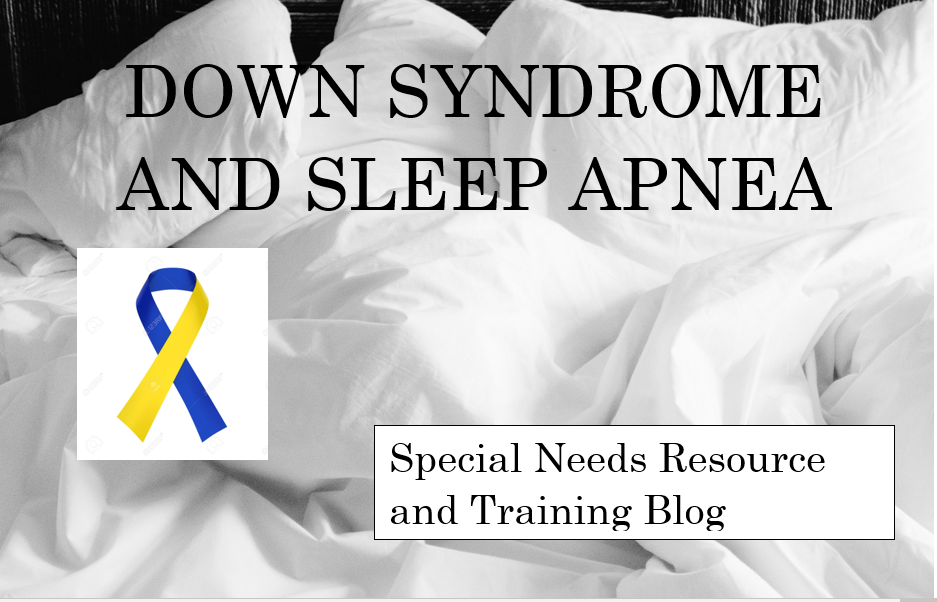Down Syndrome and Sleep Apnea
Obstructive Sleep Apnea Syndrome (OSAS) is considered one of the conditions affecting 2% to 4% of adults with Down syndrome and as they get older, the prevalence increases to 37% of men and 50% of women.
What is Obstructive Sleep Apnea?
It is a common disorder due to repetitive episodes of different breathing while sleeping due to upper airway collapse. The obstruction occurs when the muscles in the back of the throat fails to keep the airway open.
Signs and Symptoms
Signs of obstructive sleep apnea in individuals with Down syndrome include:
- Snoring
- Gasping
- Excessive daytime sleeping
- Daytime mouth breathing
According the Down Syndrome Association, the following techniques will help with sleeping during the night:
- a nightly routine at bedtime
- a bedroom that is free of distractions (e.g. cut out any unwanted light or noise)
- regular sleeping hours
- regular exercise and activities
- avoidance of caffeine and other stimulants in the evening
- avoidance of exercise in the evening.
Resources
Obstructive Sleep Apnea and Down Syndrome– NDSS
Obstructive sleep apnea in children with Down syndrome– Children’s Hospital Boston
Obstructive sleep apnea in children with Down syndrome– Massachusetts General Hospital
Obstruction sleep apnea in patients with Down syndrome: Current perspectives- NCBI
Sleep apnea confirmed common in children with Down syndrome– Cincinnati Children’s
Sleep problems in people with Down syndrome- Down’s Syndrome Association


